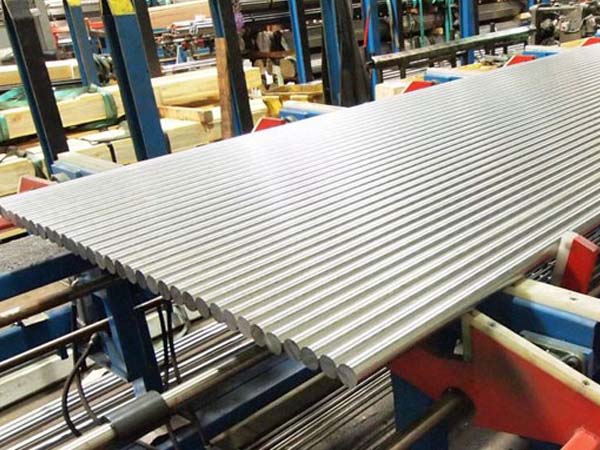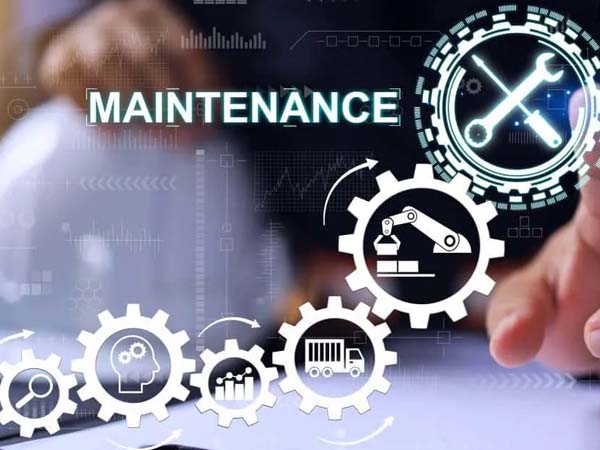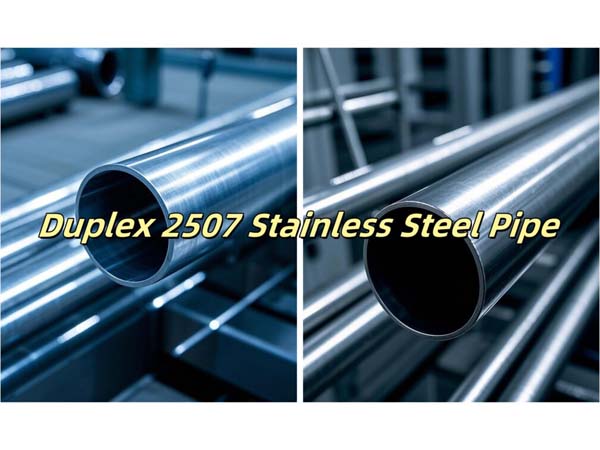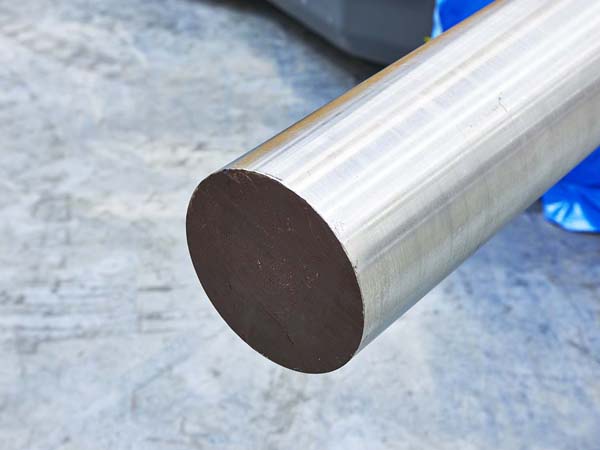





Phone
+86-731-82250427
Address
25th floor, C3 Building, Wanda Plaza, Kaifu District, Changsha, Hunan Province, China.
 Apr 24 2025
Apr 24 2025The global construction industry is undergoing a transformative shift toward sustainability, fueled by stringent green building certifications such as LEED (Leadership in Energy and Environmental Design), BREEAM (Building Research Establishment Environmental Assessment Method), and WELL Building Standard. These frameworks prioritize energy efficiency, resource conservation, and occupant health—and surprisingly, they are significantly boosting demand for 304 stainless steel plate. As architects, engineers, and developers strive to meet certification criteria, this versatile alloy is emerging as a cornerstone of eco-conscious construction.
At the heart of this trend lies the material’s unparalleled durability and recyclability—key metrics in green certifications. Unlike conventional building materials that degrade over time, 304 stainless steel plate offers exceptional corrosion resistance, even in harsh environments. This longevity reduces the need for frequent replacements, minimizing waste and resource consumption over a building’s lifecycle. For example, LEED awards points for materials with extended service lives, and 304 stainless steel’s ability to withstand moisture, temperature fluctuations, and pollution makes it ideal for façades, roofing, and structural components in urban and coastal projects.
Another critical driver is the emphasis on recycled content and circular economy principles within green certifications. 304 stainless steel plate is composed of up to 60–70% recycled scrap, aligning perfectly with LEED’s Material and Resources requirements. Moreover, it is 100% recyclable at the end of its use, contributing to closed-loop systems that reduce landfill waste and carbon footprints. Developers targeting certifications like BREEAM, which rewards projects for minimizing virgin material use, increasingly specify 304 stainless steel to earn higher ratings. This demand is particularly evident in Europe and North America, where regulations mandate stricter sustainability benchmarks for public infrastructure and commercial buildings.
The push for healthier indoor environments is also amplifying 304 stainless steel’s role. Green certifications like WELL and Living Building Challenge prioritize non-toxic, low-emission materials to enhance air quality and occupant well-being. Traditional coatings or alloys may leach harmful chemicals, but 304 stainless steel’s inert surface resists bacterial growth and eliminates the need for volatile organic compound (VOC)-laden sealants. This makes it a preferred choice for kitchens, hospitals, and ventilation systems—applications where hygiene and safety are paramount. For instance, hospitals pursuing WELL certification are adopting 304 stainless steel plates for wall cladding and medical equipment to meet rigorous cleanliness standards.
Beyond performance, the aesthetic flexibility of 304 stainless steel plate supports sustainable design innovation. Architects leverage its sleek, modern appearance to create visually striking yet eco-friendly structures. Projects aiming for net-zero energy or biophilic design often incorporate reflective stainless steel surfaces to optimize natural lighting and reduce reliance on artificial energy sources. The Melbourne Passive House, a certified energy-efficient residential building, utilized 304 stainless steel plates for solar shading systems, demonstrating how functionality and sustainability can coexist.
However, challenges remain. The higher upfront cost of 304 stainless steel compared to carbon steel or aluminum can deter budget-conscious projects. To address this, certification programs are evolving to recognize lifecycle cost savings. For example, LEED v4.1 now emphasizes long-term economic benefits, such as reduced maintenance and replacement expenses, which justify the initial investment in premium materials like 304 stainless steel. Additionally, advancements in manufacturing—such as energy-efficient rolling techniques and localized production—are lowering costs and carbon emissions associated with the alloy’s supply chain.
Looking ahead, the synergy between green certifications and 304 plate demand is set to deepen. As governments worldwide mandate net-zero construction targets and carbon taxation, industries will prioritize materials that offer both environmental and economic advantages. Innovations like low-carbon stainless steel variants, developed using renewable energy in production, are poised to further align the alloy with future certification criteria.
In conclusion, green building certifications are not just reshaping architectural practices—they are redefining material choices. For 304 plate, this shift represents a golden opportunity to solidify its position as a sustainable, future-proof solution. By aligning its inherent strengths with the values of durability, recyclability, and health, this alloy is proving that environmental responsibility and industrial progress can go hand in hand. For manufacturers and suppliers, understanding these certification dynamics will be key to capturing a growing market driven by the global imperative to build greener.
